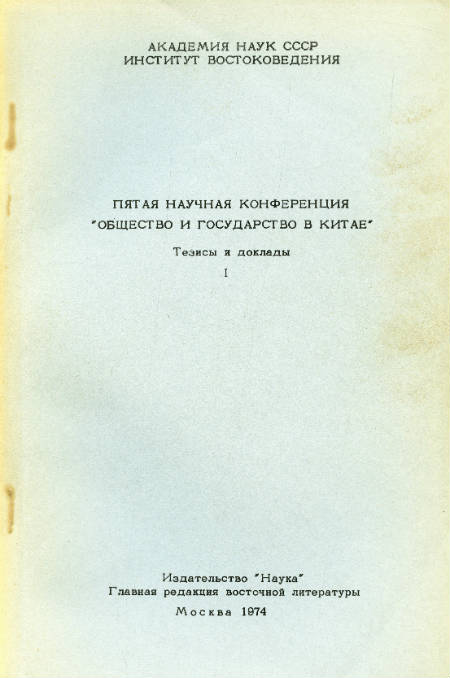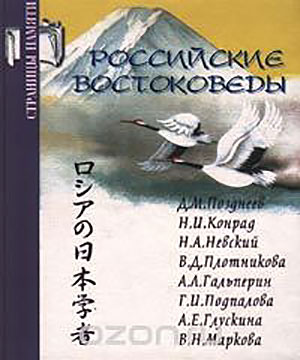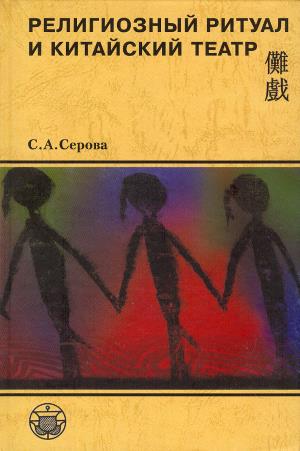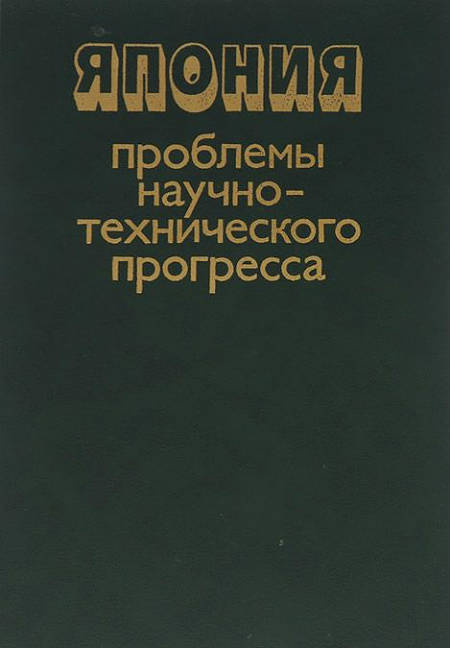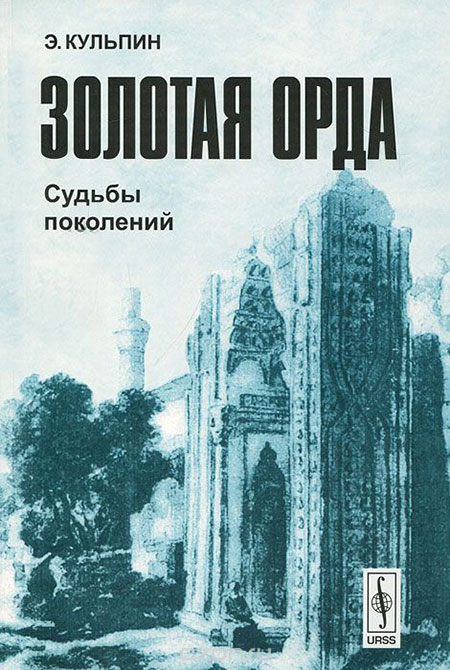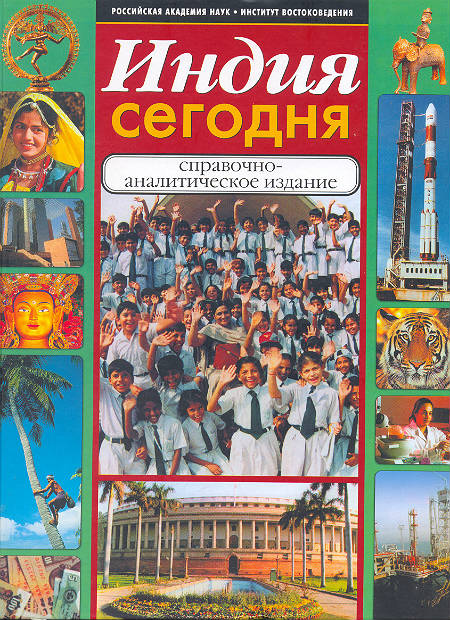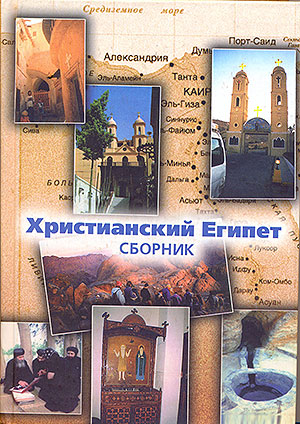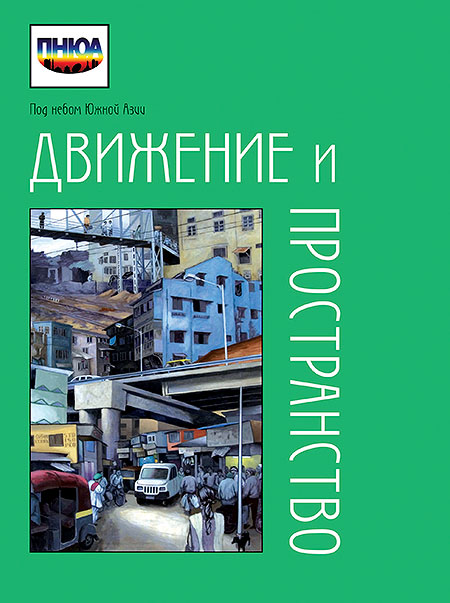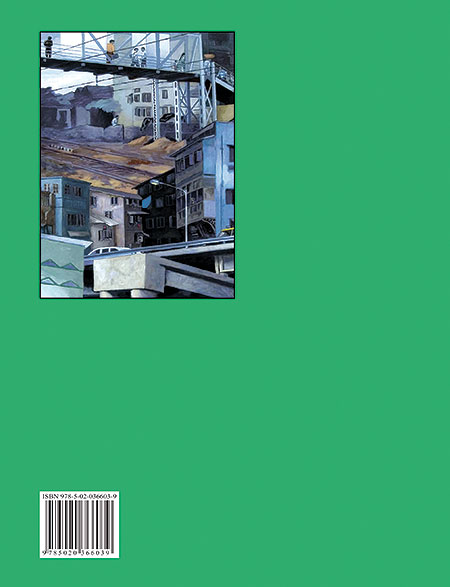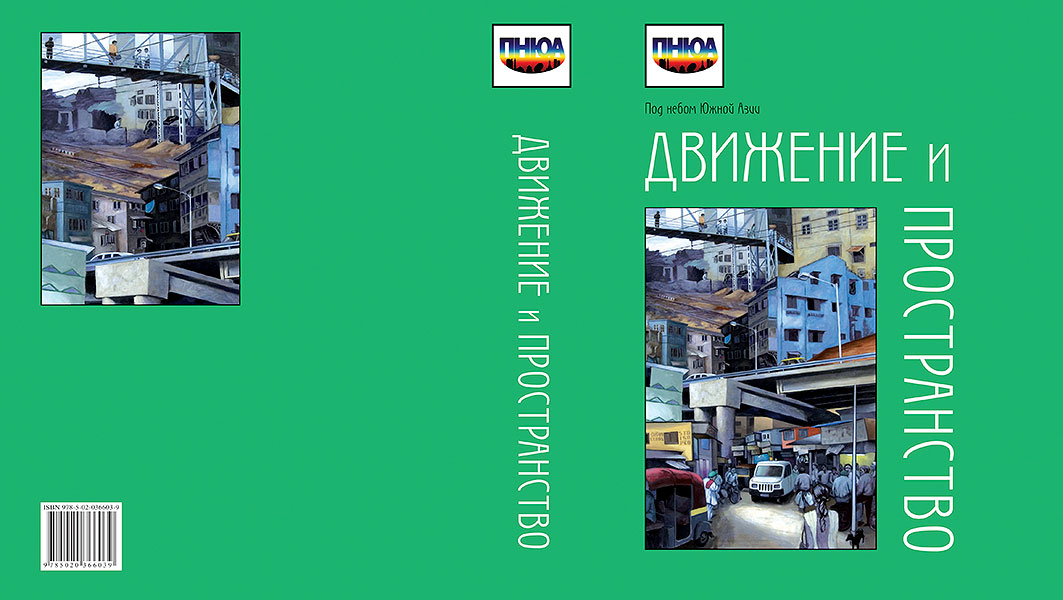Book
Under the Skies of South Asia. Mobility and Space: In Quest of Meanings Beyond Stasis
General Editor: Glushkova Irina
Еditor: Sidorova Svetlana
Москва, 2015, 911 p.
This is the second volume in the multi-disciplinary research project, Under the Skies of South Asia, launched by Irina Glushkova and realised by the Centre for Indian Studies, Institute of Oriental Studies, Moscow, as well as by Indianists and scholars of South Asian studies from other institutions, in order to research important historical, cultural and socio-political problems of India, Pakistan, Bangladesh, Nepal, Sri Lanka, Bhutan and the Maldives.
The basic principle applied to the whole project, irrespective of the theme chosen for a particular volume, is Not in general, but in particular. It presupposes a reversal of the Orientalistic principle of theorizing about an abstract, uniform ‘India’ or the imaginary ‘East’ and then picking up selected (mainly textual) data to corroborate ethereal theories. Each theme of the project is based on a study of flesh-and-blood realities of a place, social or cultural group, polity, and so on, i.e. it deals with a spatial, cultural and temporal confined/unconfined entity. The methodology applied in every volume seeks not to pursue pre-conceived abstract clichés, but to represent research tools used by the world’s leading academic centres and scholars. To this end, special mention should be made of the ‘visual’, ‘material’, ‘mobile’, ‘spatial’, ‘emotional’ turns of modern humanitarian scholarship which, after more than a century-long dominance of studies in ‘ideas’, has now diverted attention to a world which we can see, touch, feel, go around and so on. The first volume of this project, Portrait and Sculpture. Territories, Ideologies and Ethnicities as Viewed through Material Objects (ed. by Irina Prokofyeva), was published in 2014.
The second volume (ed. bу Svetlana Sidorova) focuses on mobility as a clear-cut meaning-generating phenomenon and a basic research category. It concentrates on developments and strategies between the points of departure and arrival, i.e. in transit. Mobility, as a basic element of human existence, dictates and prescribes the modes and speeds of life. It designs the surrounding space by filling it with movable and immovable objects and markers of ceaseless motion (roads, bridges, trains, hotels, petrol stations, airports, parking lots, etc.). It serves as a crucial instrument for the establishment of various types of connections and is of primary importance for territorial appropriation and development, establishment of national borders, acquisition of power, dissemination of ideas and ideologies, circulation and exchange of information and so on.
Research papers in this volume analyse dynamic life and the practices of people, gods and animals, objects, information, ideas, images, capital and capitals, etc. on variouslevels/scales (mass or individual, throughout the subcontinent or along local routes, short or long-term), of various types (instrumental, physical, expressional) or motivations (conquests, political demonstrations, immigration/emigration, daily routine trips, tourism, cargo transportation, etc.). The volume consists of two logical parts. The first deals with Subjects and Meanings, or Who and Why. Some authors analyse mobility as an instrument of acquisition of a homeland (migration patterns of proto-Dravidians and Indo-Aryans, penetration of Muslim streams into South Asia) or, on the contrary, the loss of a domicile (the tragedy of the refugees at the time of the 1947 partition). Others discuss dynamic practices of the elite as a mechanism of wielding power during the periods of the Mughals, the Maratha Confederation and the British Raj. Studies of moving symbols and portable ideas/ideologies throughout performative movements of a religious or secular character through space (such as Mahatma Gandhi’s salt march, Muharram processions or the wandering of Jain monks) are also included. Several contributions deal with the ‘economic’ actions of various groups in search of profit (from merchants to women chasing a fortune). The second part of the volume concentrates on Practices and Spaces, or How and Where, inviting readers to go up and down narrow pathways and highways, to travel by old trains or along the rivers and seas of South Asia. The contributors trace and reconstruct the specific routes and itineraries of their ‘heroes’, restore details of the daily routine of travellers, give an idea of the ways and means of conveyance, travel rituals, infrastructure and the economics of travel.
The volume is given substance by the inclusion of non-academic “dynamic” illustrations of various aspects of mobility presented by the prose and poetry of Keki Daruwalla, Arun Kolatkar, Ajit Jussawalla, Gieve Patel, Vyanktesh Madgulkar and other prominent Indian poets and writers: for most of them this will be the first time a Russian translation of their work is being published.
These various modes of mobility, such as both the epic yatras of the heroes of the Mahabharata and of todays’ politicians, impart an extremely dynamic and vibrant character to the societies of gigantic India and its neighbours. The mobility of masses and individuals has shaped and reshaped the South Asian space, its ethos and destinies, and has impregnated it with unity in diversity and harmony in chaos. The intention of this volume was to weave various itinerant threads that ran and still run through these countries into a multi coloured patchwork quilt stretching over the territory of South Asia, thereby passing the baton onto the next volume, which proposes to analyse the theme of ‘territory and belonging’.




